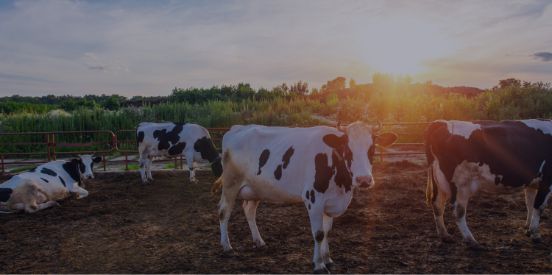CORN
Corn futures are flat/firm this morning, but continue to struggle for direction. This market is just hanging in there as prices ping pong between overhead resistance and underneath support while impacted by a surging wheat market and shrinking soybean market. Cash markets, as well as favorable basis levels, will continue to be viewed as a supportive factor and may have the ability to push corn prices through key resistance. Weekly Export Sales, normally released on Thursdays, will be released tomorrow due to the Martin Luther King holiday this past Monday.
SOYBEANS
Soybean futures are lower again overnight, losing 3 to 4 cents while setting fresh 5-1/2 week lows. Charts are technically weak, fueled by additional long liquidation as prices in the Mar contract, now at 9.10 aim for the psychological 9.00 barrier. U.S. beans are also struggling vs Brazilian beans in global price, as well as the weakening real vs the dollar that makes it difficult for bean futures to find any traction in the short term.
WHEAT
Wheat futures are higher with no real top in sight other than an aggressive reversal on charts that could be an indicator that the momentum has slowed after a nearly four-month rally in wheat futures. The Chicago market bounced 4 cents overnight after a closing well off its highs on Wednesday. We wouldn’t be surprised to see some long liquidation and price correction at week’s end.
CATTLE.
Cattle futures are called steady to two-sided. Cash trade remains steady in early week trade with 125 trade spotted in Texas and Kansas, even with last week. Retail values have begun to firm, and that may lead to more cash optimism. The market will likely stay choppy as we move towards Friday’s cattle on feed number before the market focuses back on short-term fundamentals of cash and retail prices.
HOGS
Hog futures are called mixed. Prices have trended higher since a difficult open in Tuesday’s trade to start the week. Anticipation of Chinese demand, as well as overall pork product movement should keep buyer interest alive in the hog market. Regardless, slaughter levels are still heavy, and production is still high, which, we view, limits rallies in the near term.

